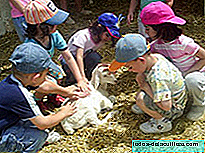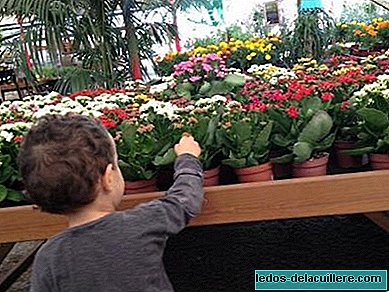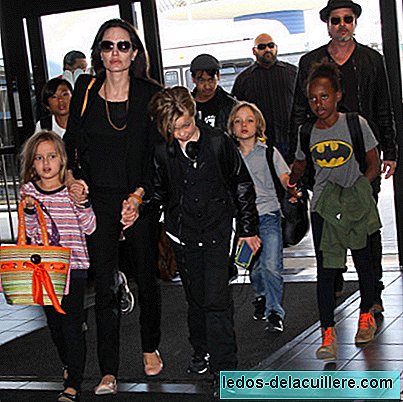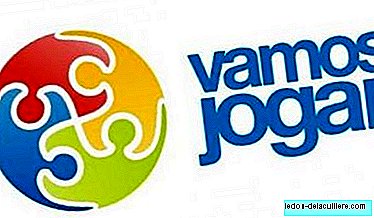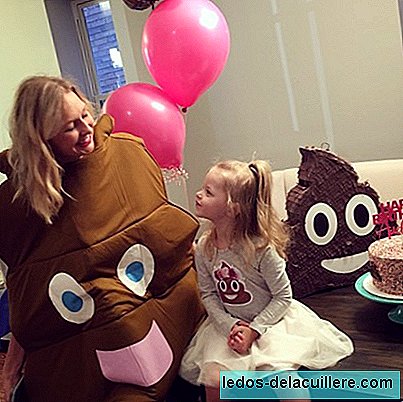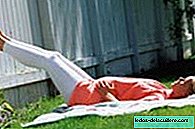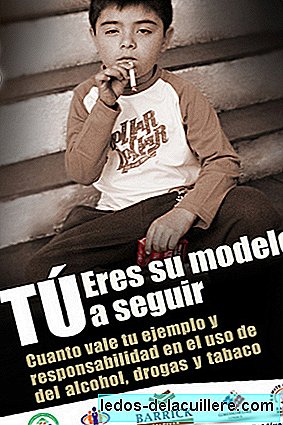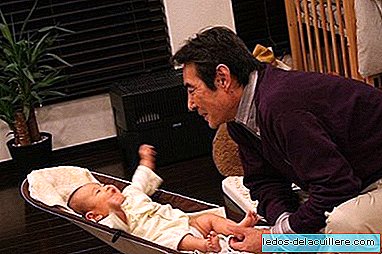
In first word learning, the child must learn to correctly connect sound sequences (also called signifiers; for example, the letters that form the word "dog") to a set of situations, using mental representations (or meanings as intermediaries; for example, the image of a dog).
However, the child must also master other aspects such as the inclusion relations within a set (a dog is an animal), the relationships between a part and a whole (finger-hand-arm), lexical incompatibilities (a dog cannot be both a cat) and the different meanings of a word, as well as the relationships they have with each other.
Likewise, knowledge about the morphology and grammatical category (name, verb, etc.) of each term must also be included.
The child produces his first words between 10 and 13 months. At the beginning it is a rather slow process, in which there are between 50 and 100 words by 18 months. Later it progressively accelerates: 200 words by 20 months, between 400 and 600 words by 2 years, and 1,500 words by 3 years.
Between 2 and 5 years old, the child incorporates about 3,500 new words every year. From 10 years of age, they usually acquire about 10,000 new words a year. And when they reach the textbooks, children aged 9 to 15 contact at least 100,000 different words.
We must bear in mind that these figures are approximate, since the rate of acquisition of the first words may vary from one child to another.
What do children's first words refer to?
The child talks about people (dad, mom, baby), animals (dog, cat, duck ...), food (water, bread, apple ...), body parts (eyes, mouth, hand ...), clothing (pants , shirt, shoe ...), vehicles (car, boat, plane ...), toys (ball, puzzle, doll ...) or objects that are in the house (spoon, television, telephone ...), but also of the location in the space (up, down, next ...) and certain routines (hello, thanks, please ...).
The terms that refer to objects are more numerous than those that refer to general actions (do, go, have ...) that children use, in the beginning, in very varied contexts. These contexts are restricted as they learn more precise terms.
Likewise, the verbs of movement (run, go, jump ...) are earlier than those of cause or purpose (for example, study) whose reference is harder to grasp.
It should be mentioned that there are some phenomena that can be seen in the evolution of the child's conceptual structures and the relationships between them and the vocabulary:
- Over-extension: the child applies a word to the members of a category that the adult designates with that word, but also uses it for members of other categories (for example, the word "dog" would be applied to all four-legged animals). We can meet overinclusions (extend a term to other categories that belong to the same group, usually based on perceptual properties; for example, use the word "dog" to designate other mammals) and analog over-extensions (generalize a term, extending it to entities that belong to other higher categories, but that possess characteristics common to those of another category that the adult refers to with this term; for example, use the word "ball" for all round objects , like an apple).
- Under extension: the child uses a word in a subset of the situations for which the adult uses the same word (the child will only say "apple" when he sees this fruit of the color he is accustomed to seeing or to those of a particular fruit shop).
- Identity: the child uses a word according to the use made of it by the adult.
- Discordance: the child uses a term without any relationship with that of the adult (for example, calling the furniture where books are kept "book").
- Covering: the child uses a word only for a part of the entities that he designates in his adult use and, in addition, other entities of another category (for example, use the word "dog" to refer to large dogs only and, in addition, to wolves ).
However, it is necessary to distinguish these phenomena from others called recategorizations, which consist of the child using one term for another (for example, if the child puts a plate on his head and tells us that it is a hat, he may be trying to tell us what he is doing as it is a hat), and of the commentary (For example, if our son shows us some shoes and tells us "Dad", it does not mean that his father is now some shoes, but that the shoes are those of his father).
We must be careful when saying that our child speaks less than other children, since each one is a world. Although it is true that before a significant delay in the acquisition of words, there may be a risk of developing a language delay


